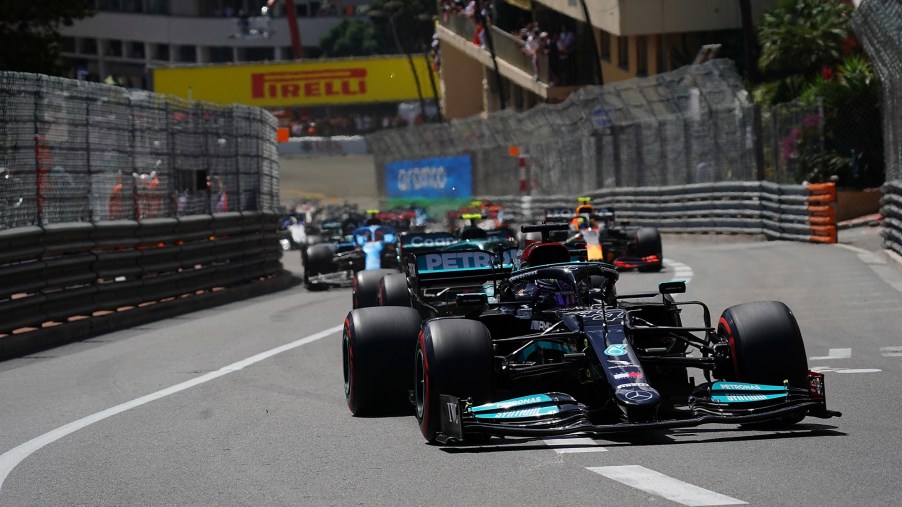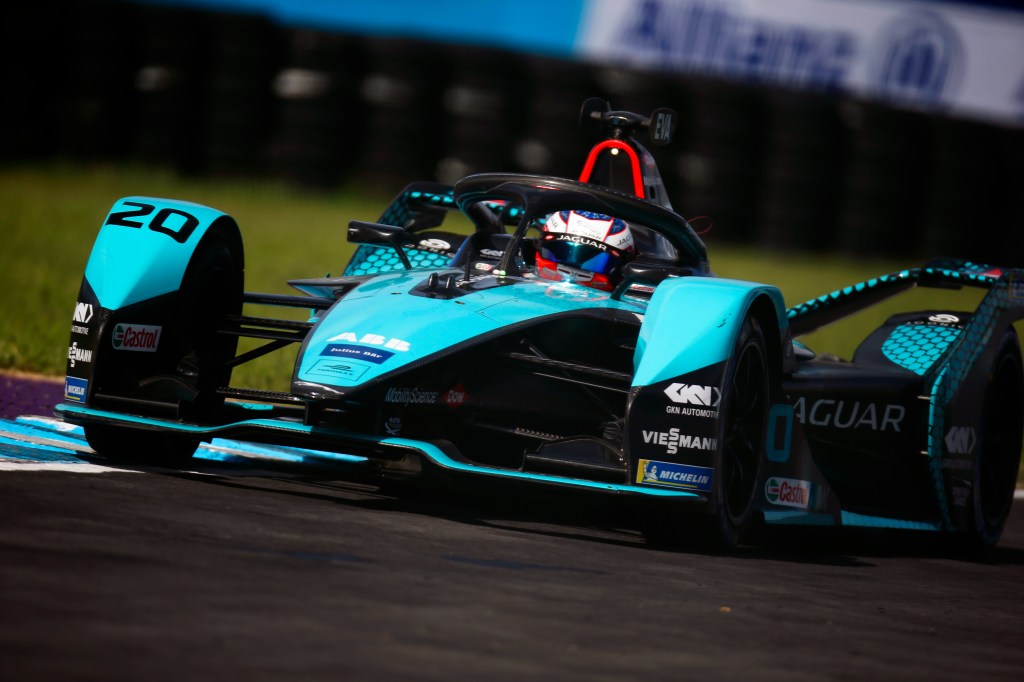
What’s the Difference Between Formula 1 and IndyCar Race Cars?
From the outside, Formula 1 race cars and Indy race cars look pretty much the same. Of course, they do have their more obvious differences, and we know that they aren’t the same because they aren’t interchangeable between the sports. From the more basic to the more technical, there are a lot of differences between Formula 1 and Indy race cars than initially meet the eye.
They do have a lot in common, so from the perspective of someone less familiar with both sports, it is easy to see why many people may not realize just how different these two forms of race cars actually are. With similar shapes, each vehicle is designed for a single driver, and the vehicles look very distant from what we expect to see on the roads in real life. The large wheels at each four corner and striking aerodynamics set these cars apart from anything else in the world, but under the surface, they aren’t all that similar.
The basic, easy to see differences between Formula 1 and Indy race cars

While you may not notice it from their appearance on screen, Formula 1 race cars are larger and wider, with the standard being 5.5 meters in length by 2 meters in width — which we imagine makes for a rather tight compartment for the driver. Indycars, on the other hand, measure in at a slightly smaller 5.1 meters in length by 1.9 meters in width.
In the past seasons, Formula 1 added the requirement for the halo piece, a protective bar that sits in front of the driver to protect their head in case of debris or an accident. While this is a new concept for the motorsport that has already proven worthwhile, Indycars have been using a similar halo design that is built into the car’s body, but it also has one other key feature that makes it obviously different: the windscreen.
Different packages and options also set them apart
Both the Indycars and Formula 1 cars have similar shapes, with raised noses above the front lip for air, remarkably large wings, a slender and claustrophobic looking space for the driver, and rear-mounted engine placement. If you watch in between races and locations, you may notice that each car varies slightly in their aerodynamic packages, which is one major aspect that sets these two forms of race cars apart.
Indycars typically vary between two aerodynamic packages, which can be interchanged on each race car. You can tell them distinctly apart from Formula 1 cars because of the rear wheel guards and low engine covers. They are typically heavier overall, but not by a concerning amount.
Formula 1 race cars have more leniency in their changes from track to track and can tailor the vehicle’s aerodynamics package in many ways to make the car more suitable for the difference between each track.
Changes in the next season
Regulation boards for both Formula 1 and Indy racing have yet to disclose all of the major changes we will see next season, but it isn’t uncommon for major tweaks and changes to be made to the cars to improve both performance and safety. Overall, while the Formula 1 race cars and Indycars look similar at first glance, there are many distinguishing features that set them apart. From the more obvious differences such as size and presence of a windscreen to less noticeable nuances such as the aerodynamic packages, each car is designed for its motorsport alone.


